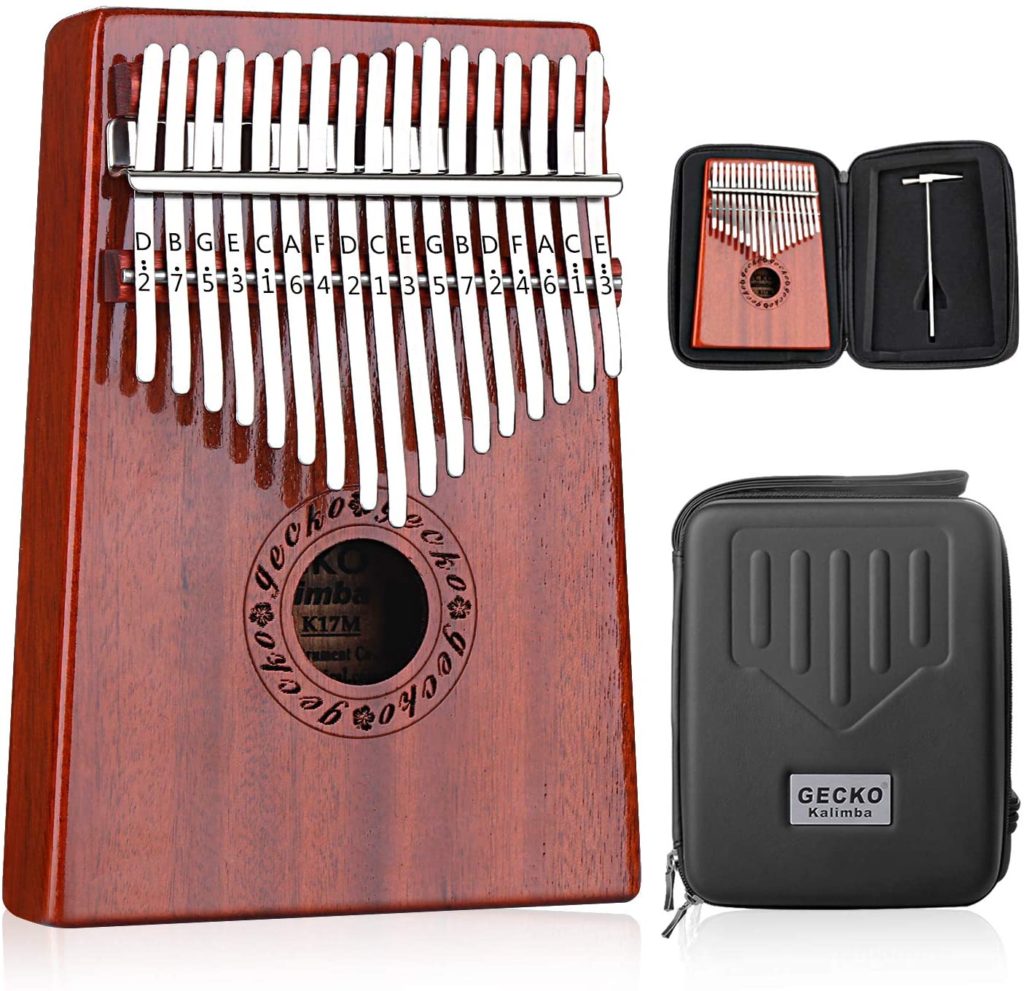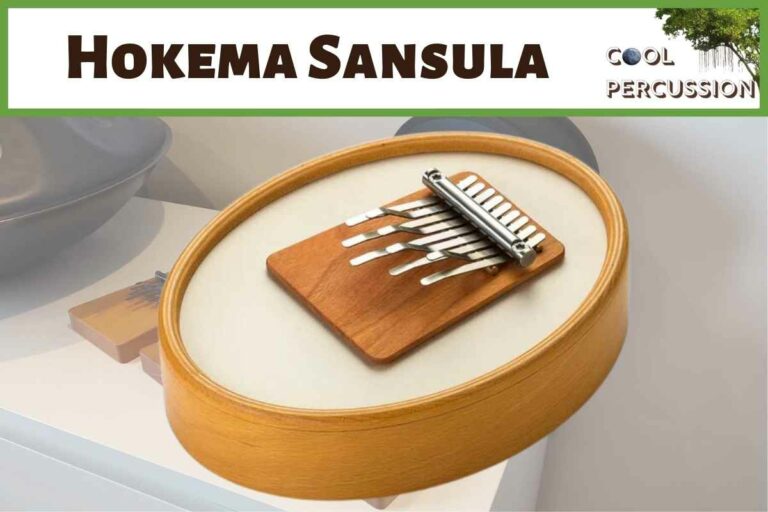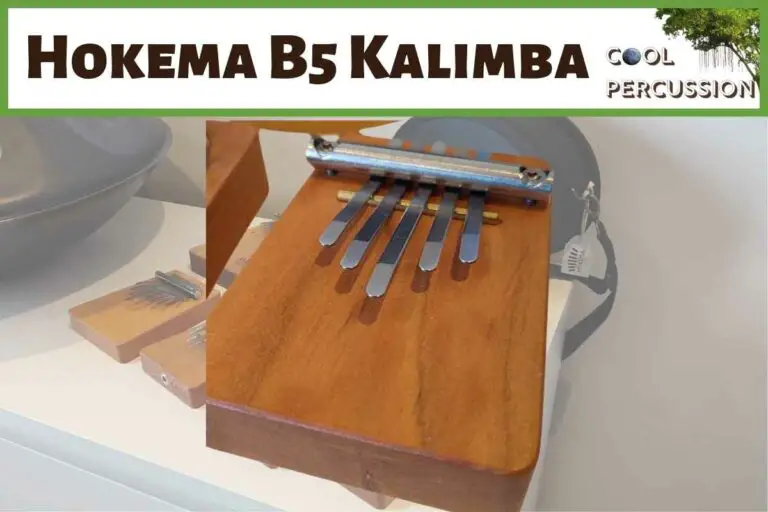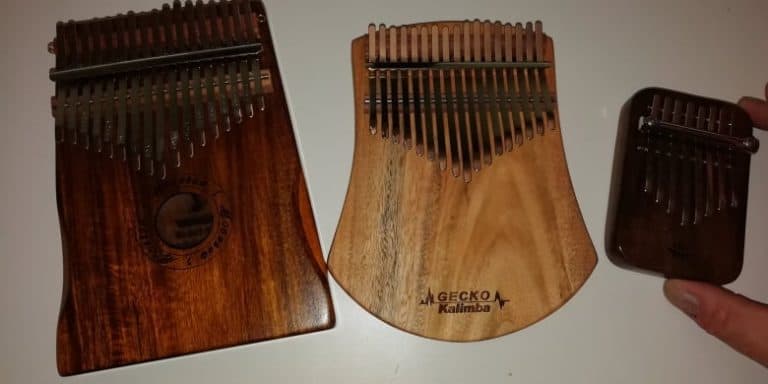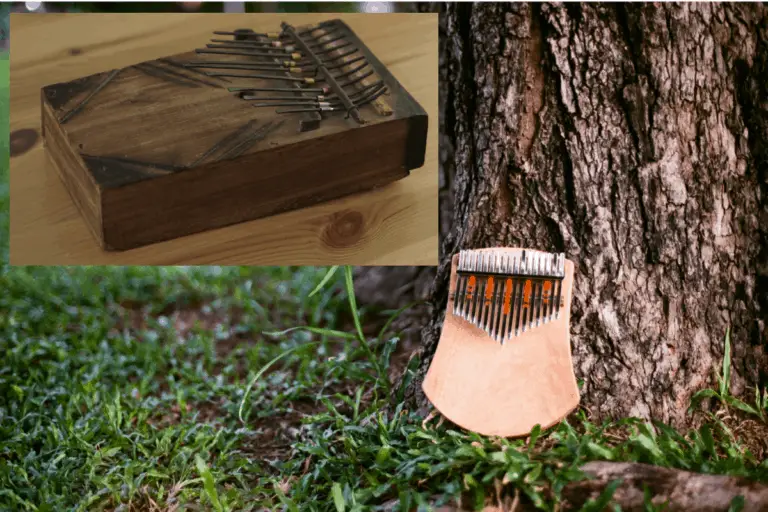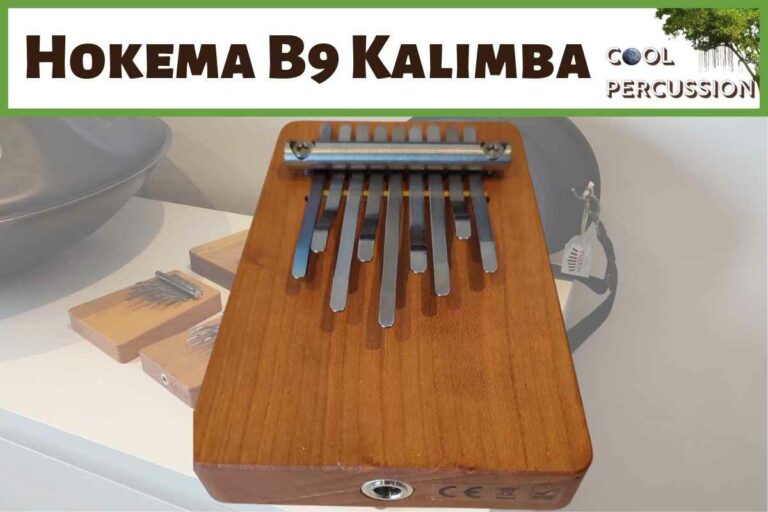Kalimba Tines Information (How Many, Material, Spacing)
If you ever had a question about Kalimba tines, the chances are I have asked it too. Arguably the most important part of a thumb piano, Kalimba tines are far more important than the level of information available in the public domain.
To address that, I have researched the most frequently asked questions about kalimba tines. What they are made of, where they come from, how many is the right number, and even how far they should sit apart on your kalimba. I cover tine replacement and kalimba tuning tips elsewhere.
What are ‘Tines’ on a Kalimba?
The tines on a kalimba may also be referred to as Keys, or simply notes, I will use these terms interchangeably as they are frequently used in question. What is more important is what are the tines on a thumb piano actually made of?
Kalimba Tines are metal strips on a thumb piano whose primary function is to produce sound when plucked with the tip of the thumb or thumbnail. Between 8 to 17 metal tines are spaced across the instrument at differing lengths, producing individual tones facilitating musical melody creation.
So, now we know what a tine is and what its function is on a Kalimba, (Sometimes referred to as a thumb piano or its predecessor, the Mbira), let’s dig deep and find out more about the most important part of the instrument.
Kalimba Tines – Thumb Piano Tines – Mbira Tines
The kalimba may also be referred to as a Thumb Piano, or Mbira, and for the purpose of this article I shall refer mostly to the Kalimba, being its most popular name, but also as a thumb piano and Mbira where I think appropriate. Just be assured I am referring the same instrument in all instances.
How Many Tines on a Kalimba
When searching for kalimbas, as I am sure you already have, you will be presented with various counts of Tines upon them. Anything from 7 tines up to the most popular 17 tine version will be available. A question often asked is ‘How many keys does a Kalimba have?’
Popular Kalimbas have 17 keys of plated or unplated steel offering a range of notes across a couple of octaves when played with the tip of the thumb or thumbnail. Other kalimbas are available with fewer notes, some models with 7, 8, 10 or 15 keys are available too.
17 keys be considered a full set although there are no hard and fast rules and you will find thumb pianos with 15 tines from Hugh Tracey Treble Kalimba model and others with 7, 8 or 10 tines too. The more tines you have the more versatility you will find.
The number of tines presented on a Kalimba is not a representation of it’s quality, there remain some pretty bad 17 tine kalimbas in the market, especially on places like Amazon, so be careful how you choose, and beware of the fake reviews that often accompany poor quality items.
I have purchased a number of Kalimbas from Amazon for the sole purpose of checking out the quality against the prices paid, and you can read about my findings in my Kalimba comparison article.
I have seen some 5 tine kalimbas around, which really are more novelty instruments whilst 7 and 8 tine thumb pianos provide good options if you are able to tune them to specific chromatic or pentatonic scales.
The more tines you find on a Kalimba, the higher the outer notes become, to such a point that are very short and with the exception of the very best quality instruments, almost unplayable. You will often find stiffness in those highest notes and if you are to find a dead tine on you Kalimba, this is where they are most likely to be.
The lowest note is the longest tine and will be found in a central position on the instrument and is the key with the greatest space between the tip and the where it meets the bridge. This is generally the root note of the instrument.
My Favourite Kalimbas for Beginners
I own quite a few Kalimbas of differing sizes, keys, styles, and prices. I was somewhat addicted for a while! Anyway, having gone through quite a few when I first started getting interested, I have a couple of recommendations for you, if you are looking to buy your first, so you can try one out inexpensively and see if you want to take things further
Chances are, you’ll stick with one of these as you can learn and grow with them, which is why I’ve picked them out
Gecko Kalimba
This was the first-ever Kalimba I bought and it is the one I use the most today.
Because it is so gorgeous looking, I have mine on display in the office.
Hluru Board Kalimba
One thing that you might be slightly surprised about is that you can gain a richer sound from the board kalimba as opposed to the Box.
They are also a little easier to play if you do not have big hands because the depth is much shallower
What are Kalimba Tines Made of?
Almost exclusively kalimba tines are constructed of metal of some description. Steel is the most common occurrence, although we may often see ‘Ore’ provided as an example, which is unlikely but seems to be used as a term to refer to a general metal without specificity.
- Stainless Steel
- Spring Steel
- Steel Ore
- Chrome Painted Steel
Chrome-plated steel and Stainless steel are not the same things, just in case you are wondering, and Steel ore is a bit of an oxymoron.
What is Steel Ore?
I have no idea what Steel Ore is, as “Ore’ is raw metal, and as we know, Steel is an alloy of Iron and Carbon, so go figure.
Pull Quote – ORE: a naturally occurring solid material from which a metal or valuable mineral can be profitably extracted.
The actual metal that a tine is created is from is not essential knowledge, but I think we can be safe to assume in the vast majority of cases, the thumb piano tines are created from steel or derivative thereof.
My best advice here in terms of discovering how a kalimba will sound dependant on the tine material is to go listen to its and lots of YouTube video of kalimbas being played, and when you come across one that really catches your ear maybe ask the question in the comments, you may get a better answer than I can provide. however, don’t hold your breath.
What type of Tine Should I choose?
To be honest, outside of listening to kalimbas and buying one based on the sound you’ve identified as pleasant to yourself, the only other choice is aesthetics. Decide whether you would like plated [Chrome or Stainless] or unplated tines which will look duller.
Do different Tines have different Qualities?
As a rule of thumb, you can expect more expensive Kalimbas to be constructed from better quality materials and therefore tines too. Although this comes as no guarantee, so be careful when buying from sites like Amazon and non-descript brands that can be found nowhere else. They can be highly-priced instruments that are simply rebranded and sold at hugely inflated prices pertaining to be top quality.
You may also find painted tines on some kalimbas. Again for me this is just aesthetic and can be harmful to the clarity of the pitch when played.
That said, you will often find stickers are suppie with your thumb pino to help identify notes, a little like you may put stickers on piano keys. They make little no no difference to the sound, that is detectable from an un trained ear, but if you can learn without affixing them, I would suggest having a try.
What is the best metal for Kalimba Tines?
Unplated steel ore is going to provide the best resonance for a Kalimba with less material additions for appearance purposes. The tone is also clearer and they look more authentic in terms of relation to their African heritage and predecessors.
It is a simple matter-of-fact that you will find far more Kalimbas supplied with plated tines to make them look more attractive. There is nothing wrong with plated tines on a thumb piano and they do play very well when of good quality, but cheaper plated materials may not be finished well and can often exacerbate kalimba buzzing if the finish is not good around the contact area with the bridge.
Kalimba Key Spacing
There is no right or wrong in the distance set between tines on a kalimba. Often the spacing will be dictated by the number of tines on the instrument and the available space.
One thing to consider with tine spacing is the size of your thumbs! If you have particularly large thumbs you will be able to cope with larger spacing when strumming a run of notes, whereas a small thumb may struggle to pull this technique off so well.
If you are buying a kalimba for children, consider this and remember those little hands may even struggle to get across the 17 keys on the larger instruments.
Smaller kalimbas are available with 7, 8, 10, or 14 tines too.

